Russian Far East Region Experiences Particularly Bad “Mosquito Tornadoes”
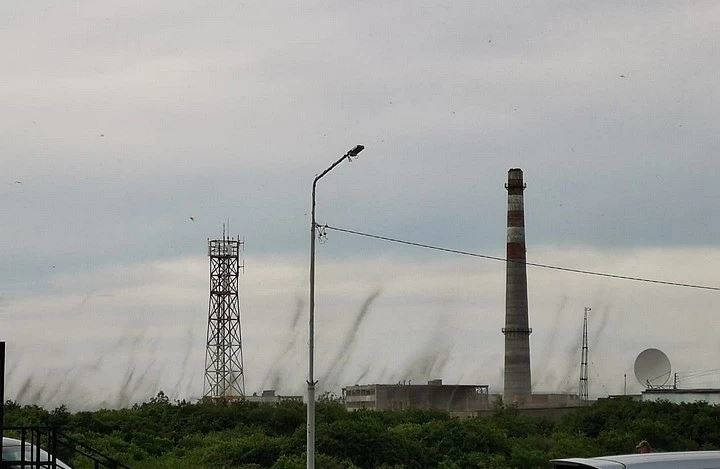
Villages on the east coast of the Kamchatka peninsula, in the Russian Far-East are experiencing scenes that seem taken out of an Alfred Hitchkok movie. Only instead of birds invading their community, it’s billions of mosquitoes swirling into visible “tornadoes”. Villages like Ust-Kamchatsk are used to being invaded by large number of mosquitoes every summer, […]
Parasitic Wasp Turns Its Helpless Host Into a Bodyguard for Its Eggs
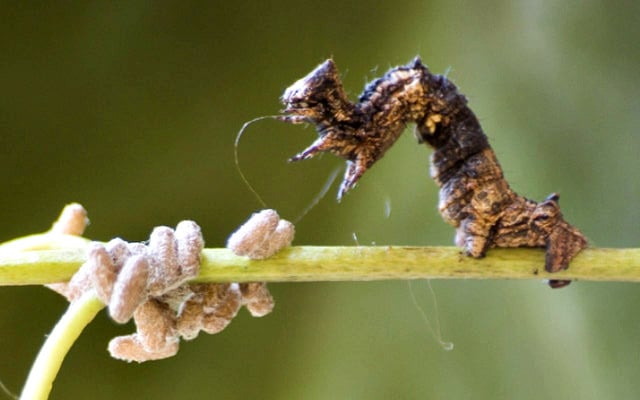
Thyrinteina leucocerae, the caterpillar of the geometer moth, is targeted as a host for a species of parasitoid wasp that can lay up to 80 eggs inside its body. The caterpillar’s reward is a job as bodyguard for the very parasites growing inside it and a slow, agonizing death. The Glyptapanteles wasp is one of […]
The Heartbreaking Story of the World’s Loneliest Plant
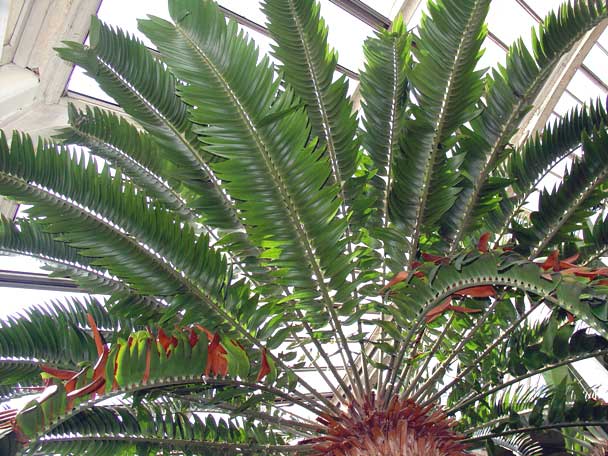
The Royal Botanical Gardens at Kew, in the UK, are home to thousands of fascinating plants, but none as lonely as the Encephalartos woodii, an ancient cycad species and, most likely, the last one of its kind. It was in 1895 that botanist John Medley Wood noticed this interesting-looking palm tree on a steep slope […]
Misleading Photo of Creepy “Zombie” Toes Throws Twitter Into Overdrive

A photo of what looks like a creepy zombie foot peeking from under a log has been doing the rounds on Twitter this week, confusing a lot of people and blowing the minds of others. Believe it or not, this picture shared online by Indian Forest Service officer Susanta Nanda isn’t taken out of a […]
Experts Baffled by Lake That Changed Color From Green to Pink Literally Overnight

Lonar Lake, also known as Lonar crater, which formed after a meteor hit the Earth some 50,000 years ago, baffled experts in India after changing hues literally overnight. Located around 500 km from Mumbai, in India’s Maharashtra state, the Lonar lake has long fascinated scientists with its seasonal change in color. This natural phenomenon has […]
These ‘Ice Cream’ Tulips Look Good Enough to Eat
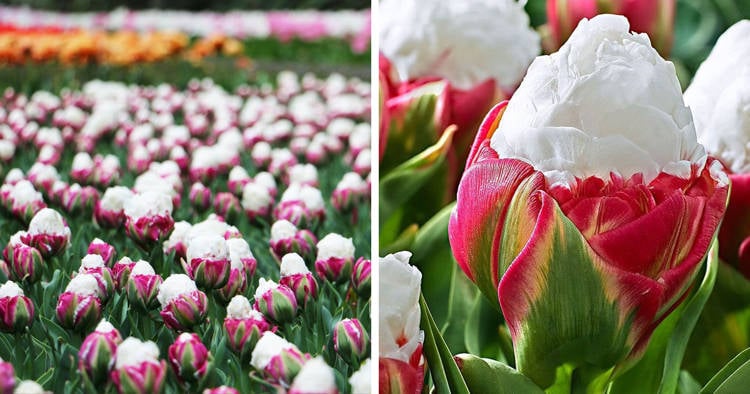
I don’t normally think of food when looking at flowers, but these lovely ‘Ice Cream Tulips’ really get me thinking about a nice cold treat to cool me off on a hot summer day. If you’re a flower enthusiast, you probably already know about the ice cream tulip variety, but for most people they are […]
Born to Fly – The Bird That Spends Up to 10 Months Without Landing
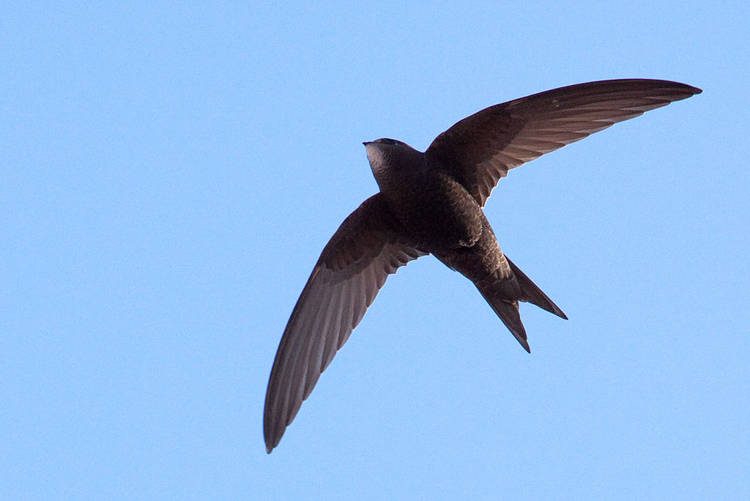
Scientists have long suspected that some species of birds can eat drink, mate and even sleep while flying, but even they were stunned when data showed that one such species could go up to 10 months without landing. As its name suggests, the commons swift (Apus apus) is a common bird that lives all across […]
This Lizard Shoots Blood Out of Its Eyes to Keep Predators at Bay
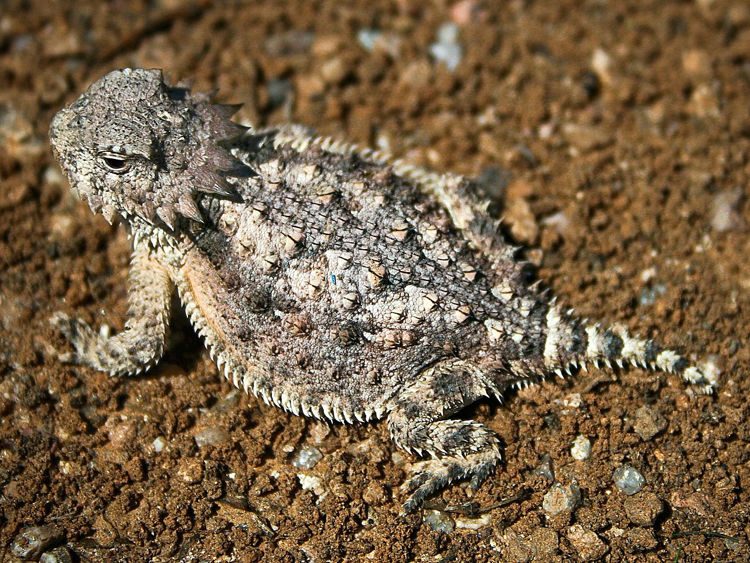
We’ve featured some interesting animal defense mechanisms in the past, from moths that camouflage as two flies feasting on bird poop, to caterpillars that mimic snakes, but this horned lizard’s secret weapon is on another level of weirdness. The regal horned lizard is a small reptile native to Mexico and the southwestern United States. Their […]
The Tailor Bird Uses Its Beak as a Needle to Literally Stitch Up Its Nest
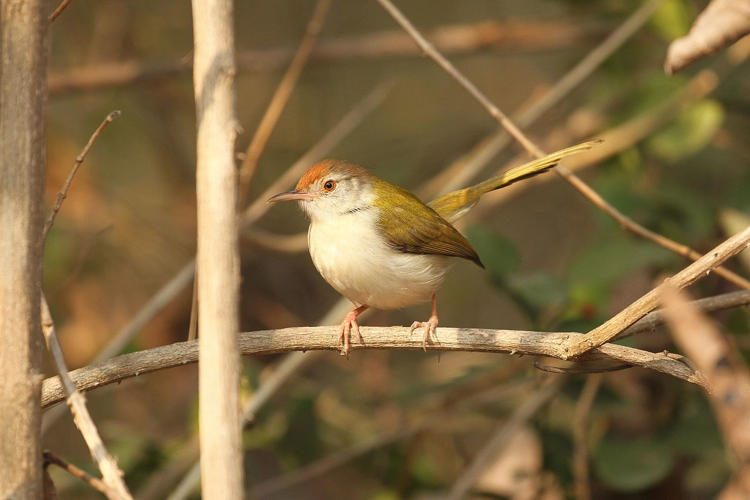
As children, we learn that birds build their nests out of twigs and dry grass, but the truth is that bird nest architecture varies greatly, as demonstrated by the tiny Tailor Bird, which uses as its beak as a needle to stitch a protective nest out of leaves. Orthotomus sutorius, or the Common Tailor Bird, […]
Australian Town Struggles to Cope with Bat Invasion of Biblical Proportions

The town of Ingham, in Northern Queesnland, has reached “crisis point” after hundreds of thousands of fruit bats invaded the place last month. Things have gotten so bad that kids are afraid to go to school anymore, and rescue helicopters can’t land at the local hospital. Flying foxes, also known as fruit bats currently outnumber […]
Sailing through Rock – Sailors Encounter Pumice Island the Size of Manhattan
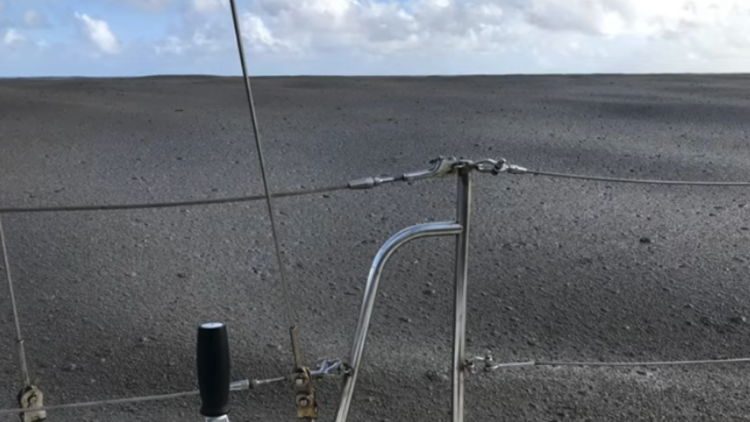
An Australian couple sailing their catamaran towards Fiji, in the Pacific Ocean, encountered a 150-square-kilometer pumice raft drifting towards Australia. Believed to have been produced by an underwater volcanic eruption near the island of Tonga, the pumice raft is over 20,000 football fields in size and several inches thick. Its existence was first reported on […]
The Immortal Jellyfish – The Only Creature Known to Be Able to Live Forever
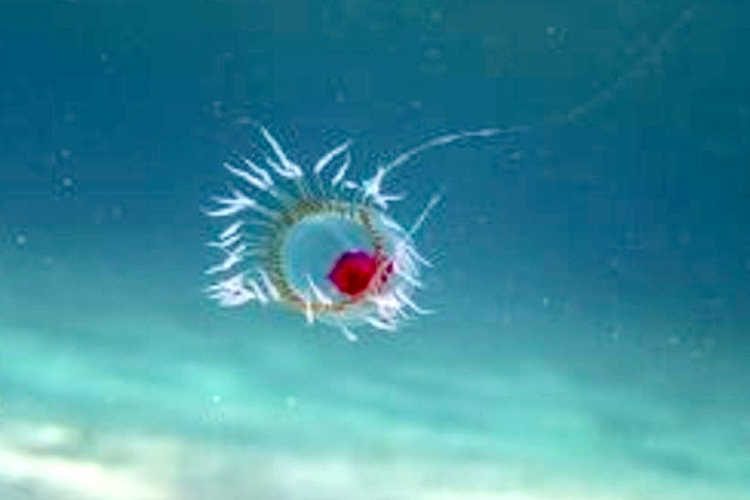
Turritopsis dohrnii, a small species of jellyfish native to the Mediterranean, is commonly known as the “immortal jellyfish, and it literally lives up to its name. Possessing the ability to revert to its a sexually immature stage instead of succumbing to an inevitable death, this tiny creature holds the secret to true biological immortality. Humans […]
The Himalayan Balsam – An Invasive Flower That Spreads by Explosion
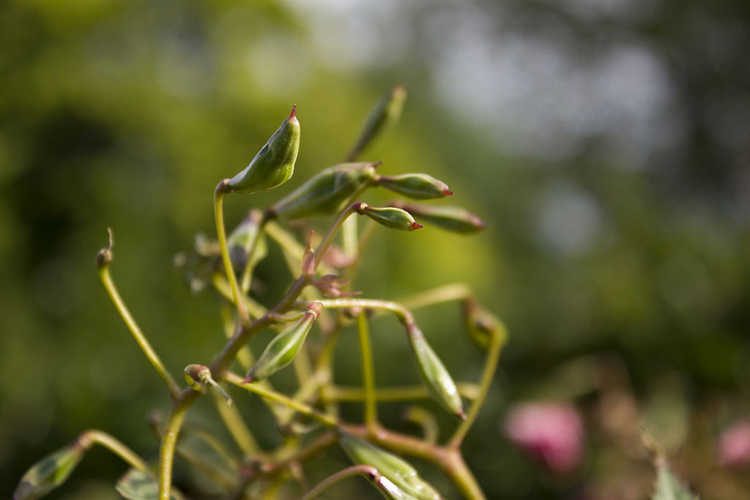
Impatiens glandulifera, commonly known as the Himalayan Balsam, is an invasive plant with a very peculiar colonizing system – its seed pods literally explode when touched or otherwise disturbed, shooting the seeds up to 7 meters in every direction. A native of India and Pakistan, the Himalayan Balsam has managed to invade 23 European countries, […]
This Plant Has Flowers Shaped Like Hummingbirds
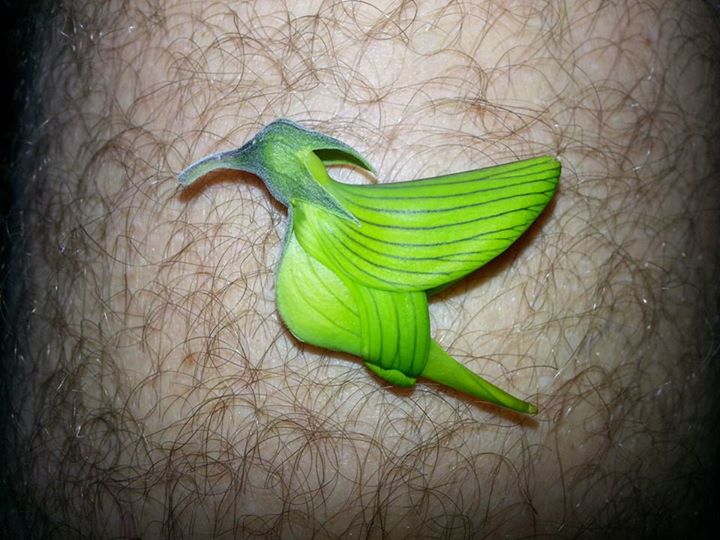
Crotalaria cunninghamii, a legume native to northern Australia, is known as the “green bird flower” for a very good reason – its green flowers look like tiny hummingbirds with their sharp beak attached to the plant’s stem. A photo of two Crotalaria cunninghamii flowers recently went viral on Reddit, leaving many users scratching their heads and […]
Living Jewelry – The Shiny Cocoons of This Exotic Butterfly Look Like Gold Jewels

Butterfly pupae are easy targets for predators in search of an easy protein-rich meal, and one would think that the flashier the cocoon, the higher the chances of being spotted and eaten , but the Mechanitis polymnia, aka the orange-spotted tiger clearwing and its shiny, gold-like pods are proof that the opposite is true. The orange-spotted […]
